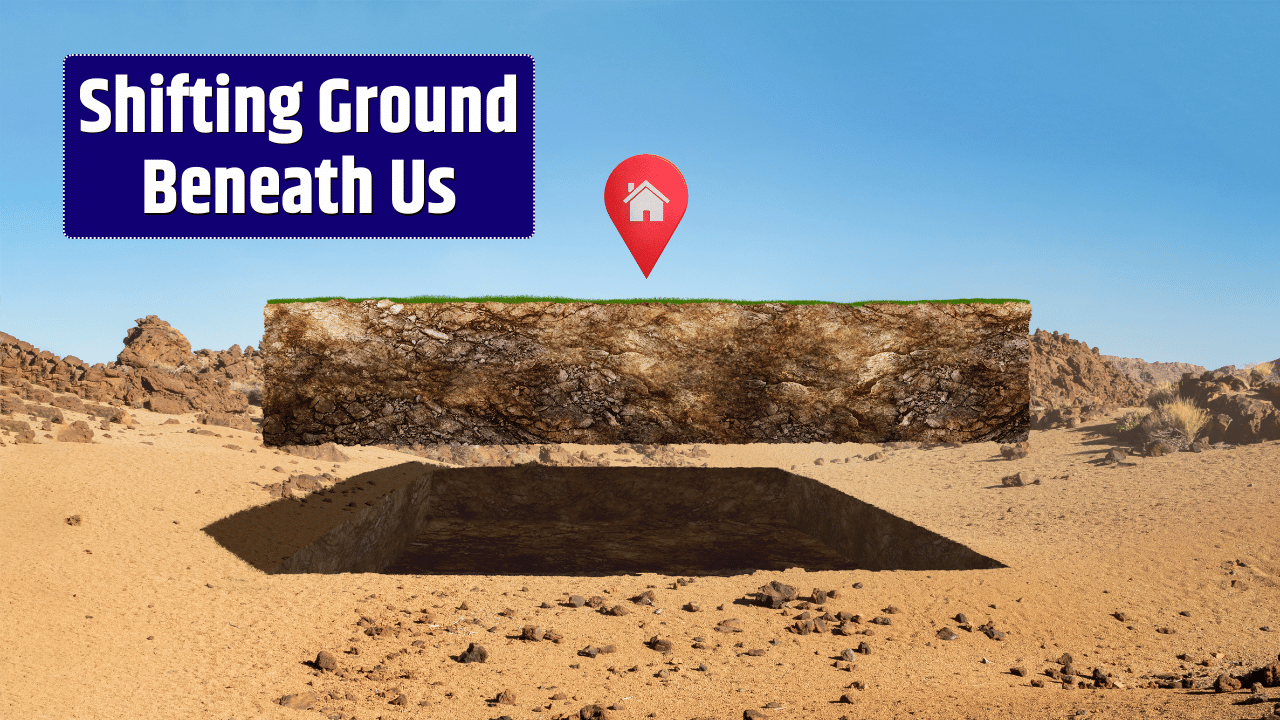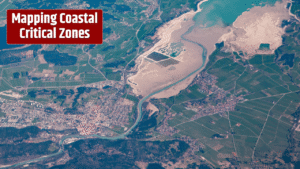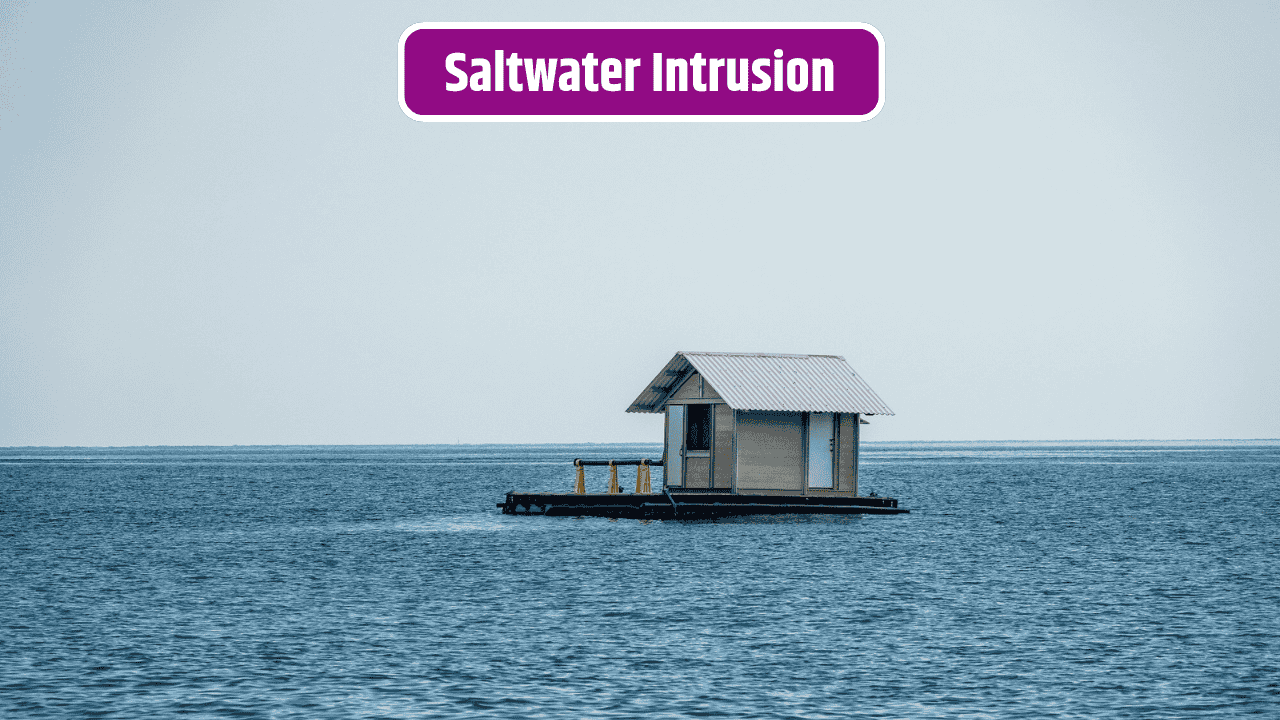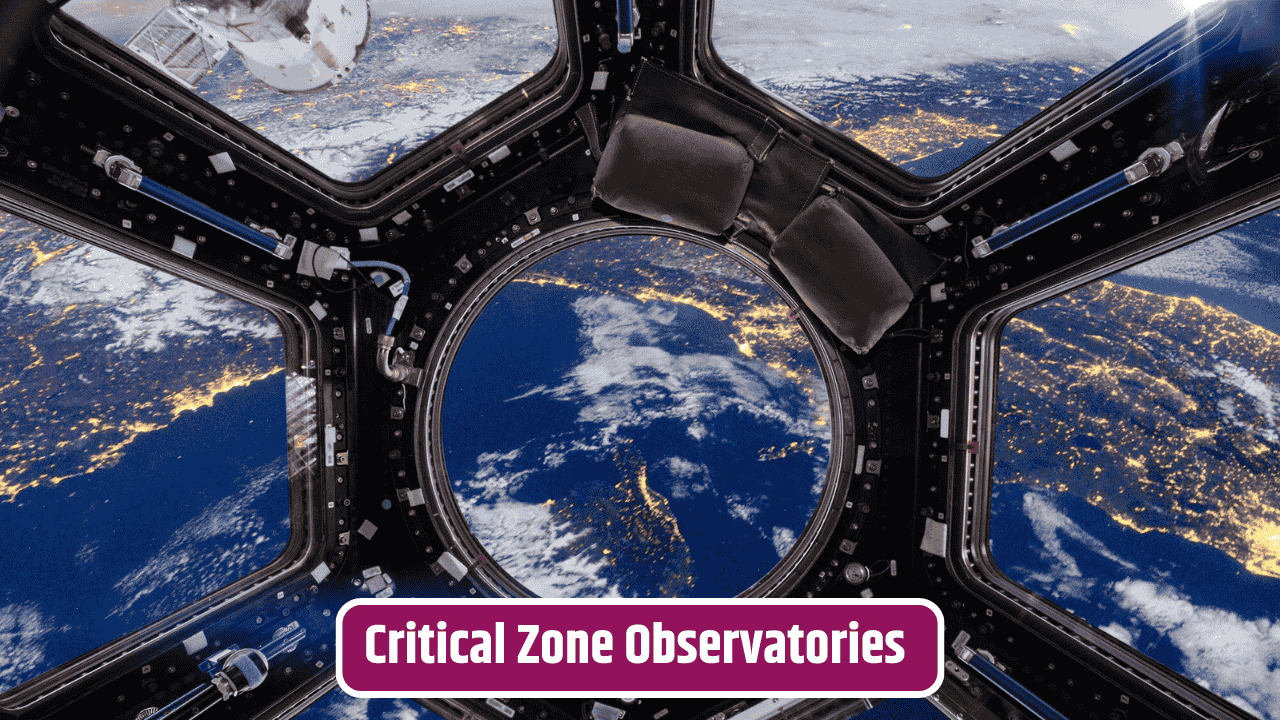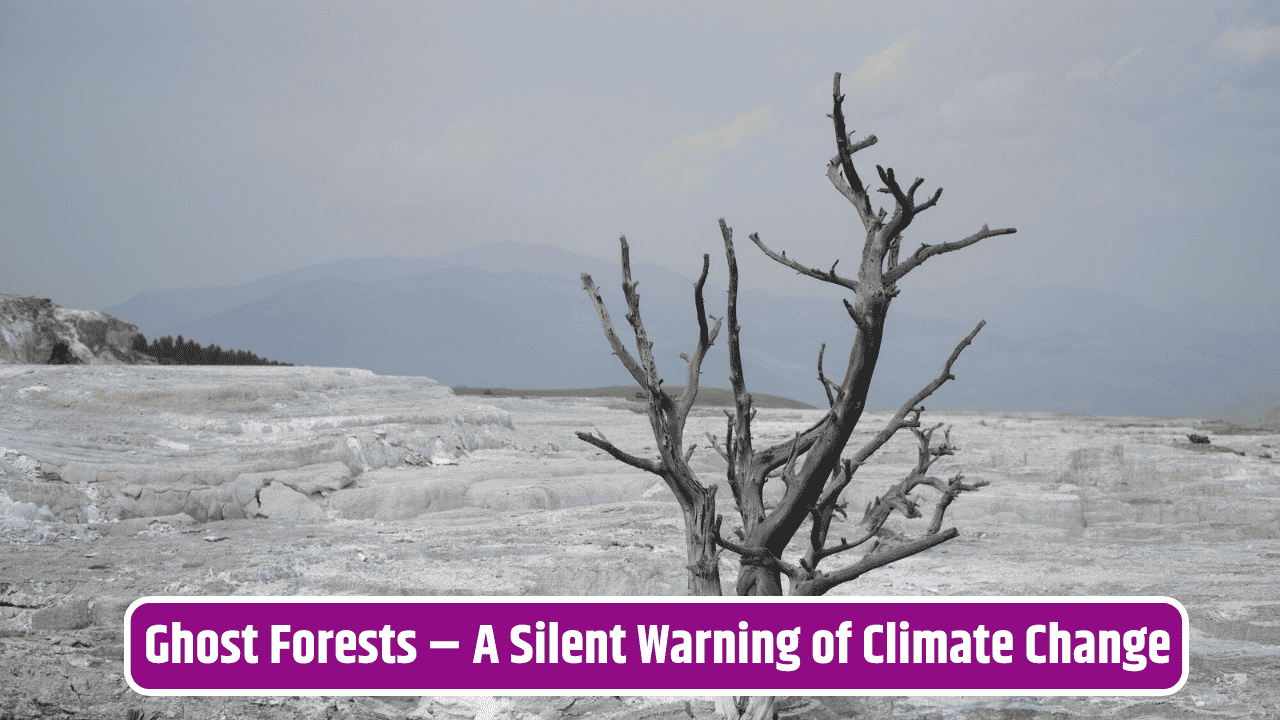Most of us think of climate change as something happening “out there”—melting glaciers, rising seas, hotter summers. But the real story might be much closer to home, right under our feet. Scientists are sounding the alarm: global warming is reshaping the very ground we depend on, from the soil that grows our food to the underground water that keeps cities running. And the changes aren’t creeping along at a snail’s pace—they’re accelerating.
Table of Contents
How Climate Change Alters the Ground
Soils aren’t just dirt. They’re living systems filled with microbes, roots, fungi, and minerals, all working together like an underground economy. Rising temperatures and erratic rainfall are disrupting this balance. Droughts dry out topsoil, making it more prone to erosion. On the flip side, heavier downpours wash nutrients away before crops can use them. Both extremes leave farmers struggling with degraded land.
In permafrost regions—think Alaska, Siberia, northern Canada—the problem is even more dramatic. As the ground thaws, it releases massive amounts of carbon and methane once trapped in frozen soil. That not only destabilizes the land, causing sinkholes and landslides, but also feeds back into climate change itself. It’s a vicious cycle.
The Water Connection
Groundwater is the silent partner here. Climate-driven shifts in rainfall and snowmelt affect how aquifers recharge. In dry regions like the American West, this means wells are running deeper and sometimes going dry. In coastal areas, rising sea levels are pushing salty water into freshwater aquifers, threatening drinking supplies. The U.S. Geological Survey has been tracking these changes, warning that groundwater depletion could undermine everything from agriculture to city planning.
Soil as a Carbon Bank
Here’s the part that often gets overlooked: soil is one of the largest carbon storage systems on the planet. Healthy soils lock away more carbon than all the world’s forests combined. But as climate change accelerates decomposition rates, soils may flip from being carbon sinks to carbon sources. That shift could undo decades of progress in cutting emissions. The Environmental Protection Agency notes that land management practices will play a decisive role in whether soils remain allies or turn into enemies in the fight against climate change.
| Climate Change Impact | Effect on Ground | Real-World Example |
|---|---|---|
| Rising Temperatures | Speeds up soil drying and nutrient loss | Midwest corn belt facing lower yields |
| Intense Rainfall | Washes away fertile topsoil | Erosion along Mississippi River basin |
| Permafrost Thaw | Releases methane and destabilizes land | Siberian craters forming as ground collapses |
| Sea-Level Rise | Salinizes coastal aquifers | Florida facing saltwater intrusion issues |
| Droughts | Reduces groundwater recharge | Arizona wells running dry faster |
Agriculture on the Front Line
Farmers are already noticing the changes. Crops once reliable in certain regions are failing. Wheat belts are shifting north, vineyards are climbing uphill, and irrigation demands are skyrocketing. Soil that once acted like a sponge now swings between parched dust and muddy floods. The ripple effects aren’t limited to food prices; they shape economies, migration patterns, and even political stability.
Can We Adapt?
The good news is we’re not powerless. Practices like no-till farming, cover cropping, and agroforestry can help soils hold more carbon and water. Restoring wetlands creates natural buffers against floods while also recharging groundwater. On a larger scale, smarter land-use policies and global cooperation are crucial. The UN’s FAO stresses that soil stewardship is central to feeding the world in a warming climate.
Technological innovations—such as precision irrigation and satellite-based soil monitoring—offer hope. But without urgent policy action, these solutions may not scale fast enough to match the speed of change.
A Hidden Emergency
Here’s the sobering truth: climate change is no longer just about future projections or distant polar bears. It’s destabilizing the ground beneath us—literally. Every step we take, every crop we plant, every sip of water we drink depends on this shifting foundation. If we don’t start treating soils and groundwater as the critical resources they are, the ground may keep slipping away faster than we can adapt.
FAQs
How is climate change linked to soil erosion?
Hotter, drier conditions weaken soil structure, while heavier rains wash soil away more quickly, leading to widespread erosion.
Why is permafrost thaw a big concern?
It releases carbon and methane, accelerates climate change, and destabilizes landscapes, causing sinkholes and infrastructure damage.
Can soil really store enough carbon to fight climate change?
Yes—soils currently store more carbon than forests, but only if managed sustainably. Mismanagement flips them into carbon emitters.
How does sea-level rise affect groundwater?
It pushes saltwater into coastal aquifers, contaminating drinking water and making it unsuitable for farming.

